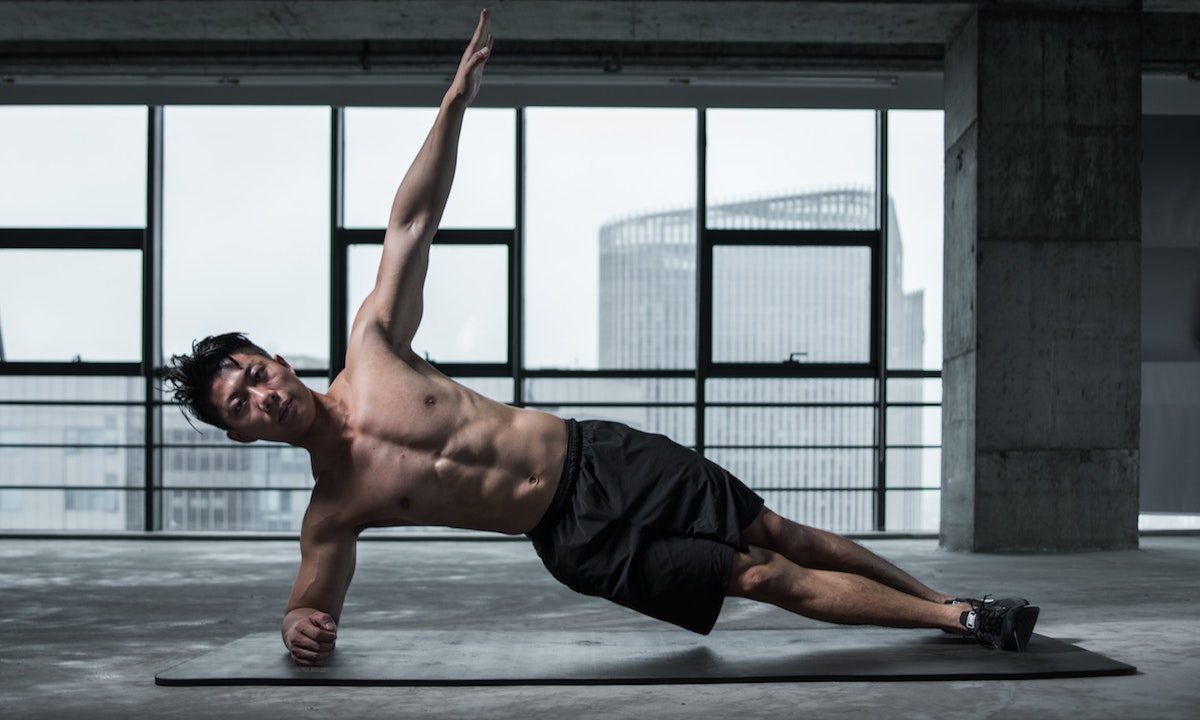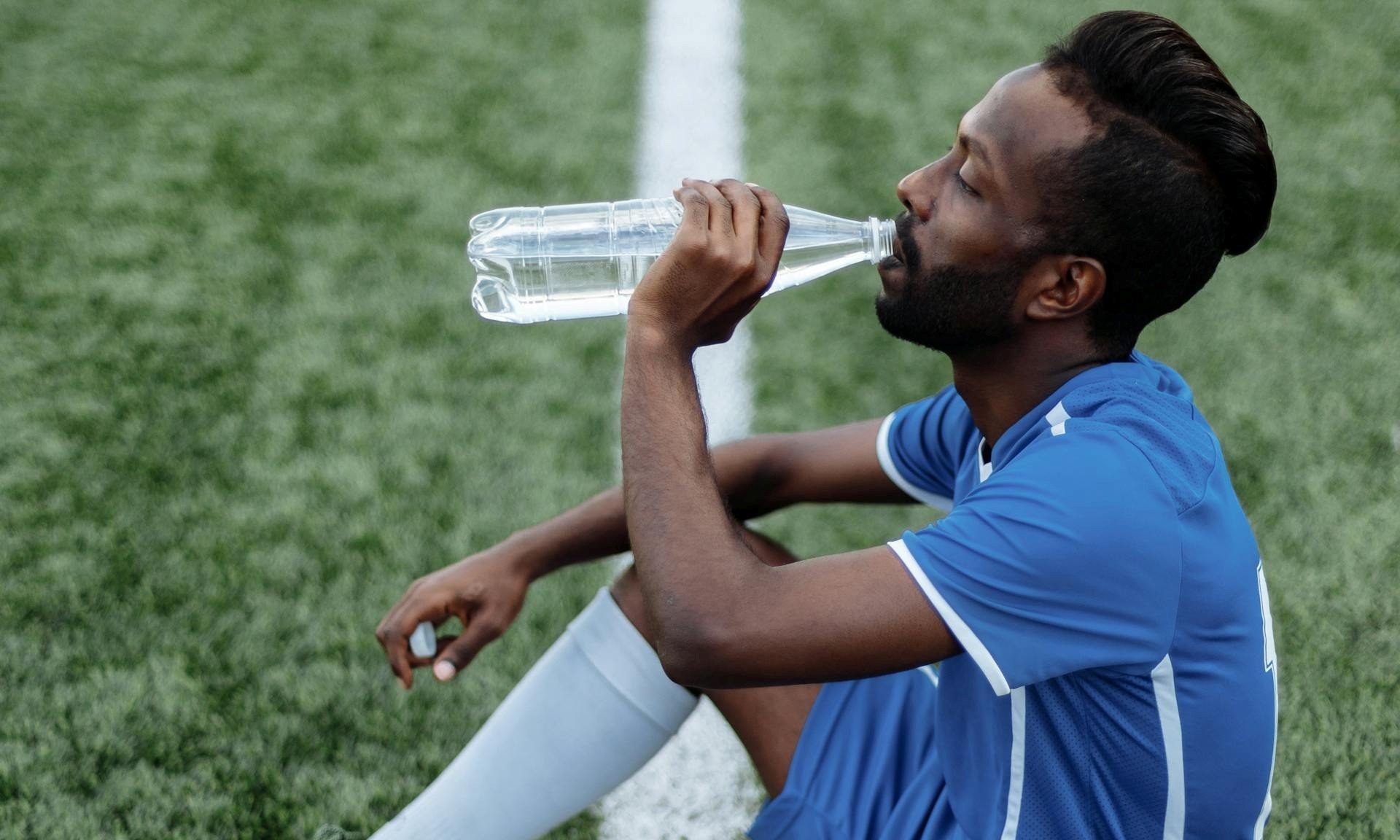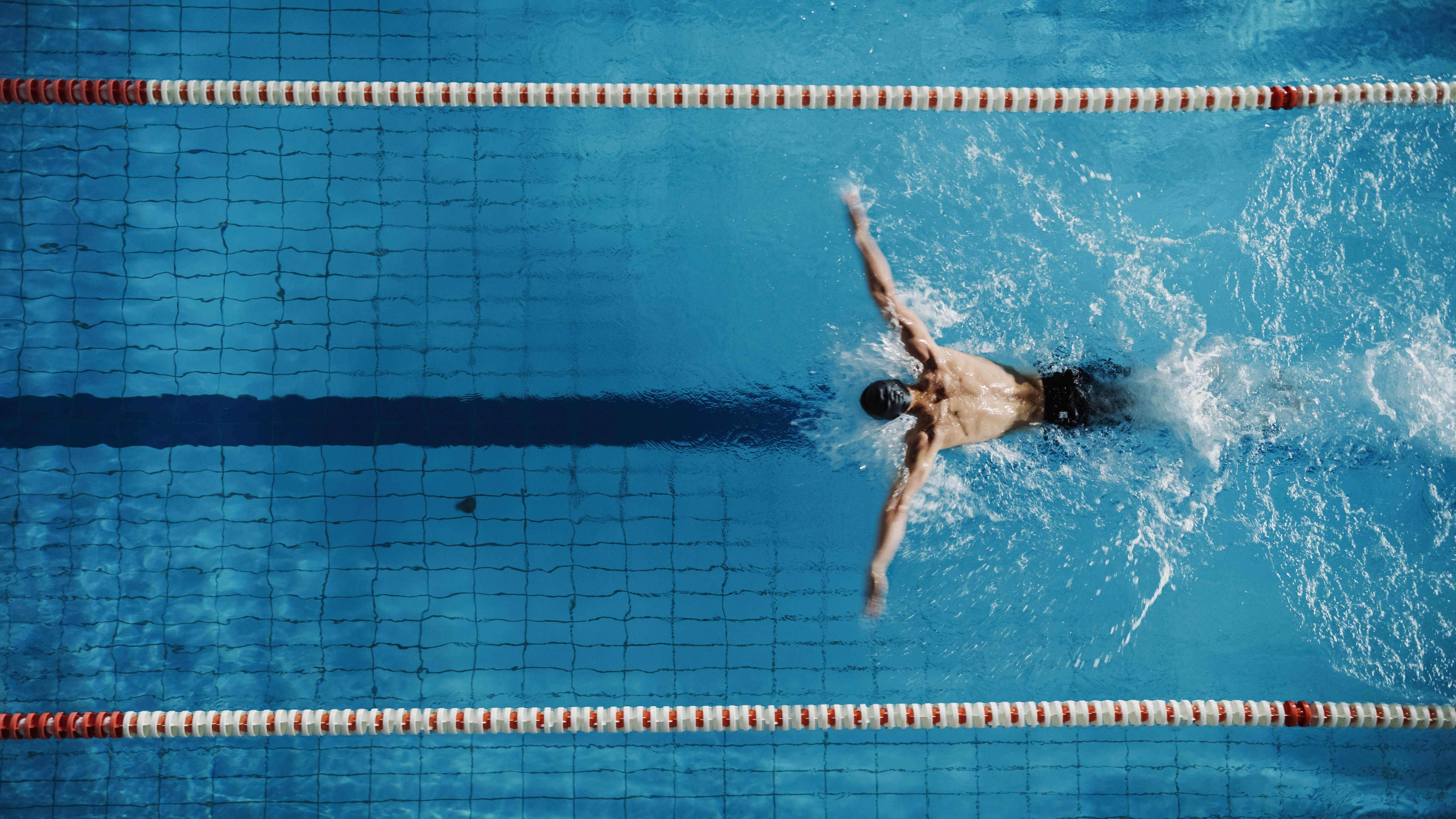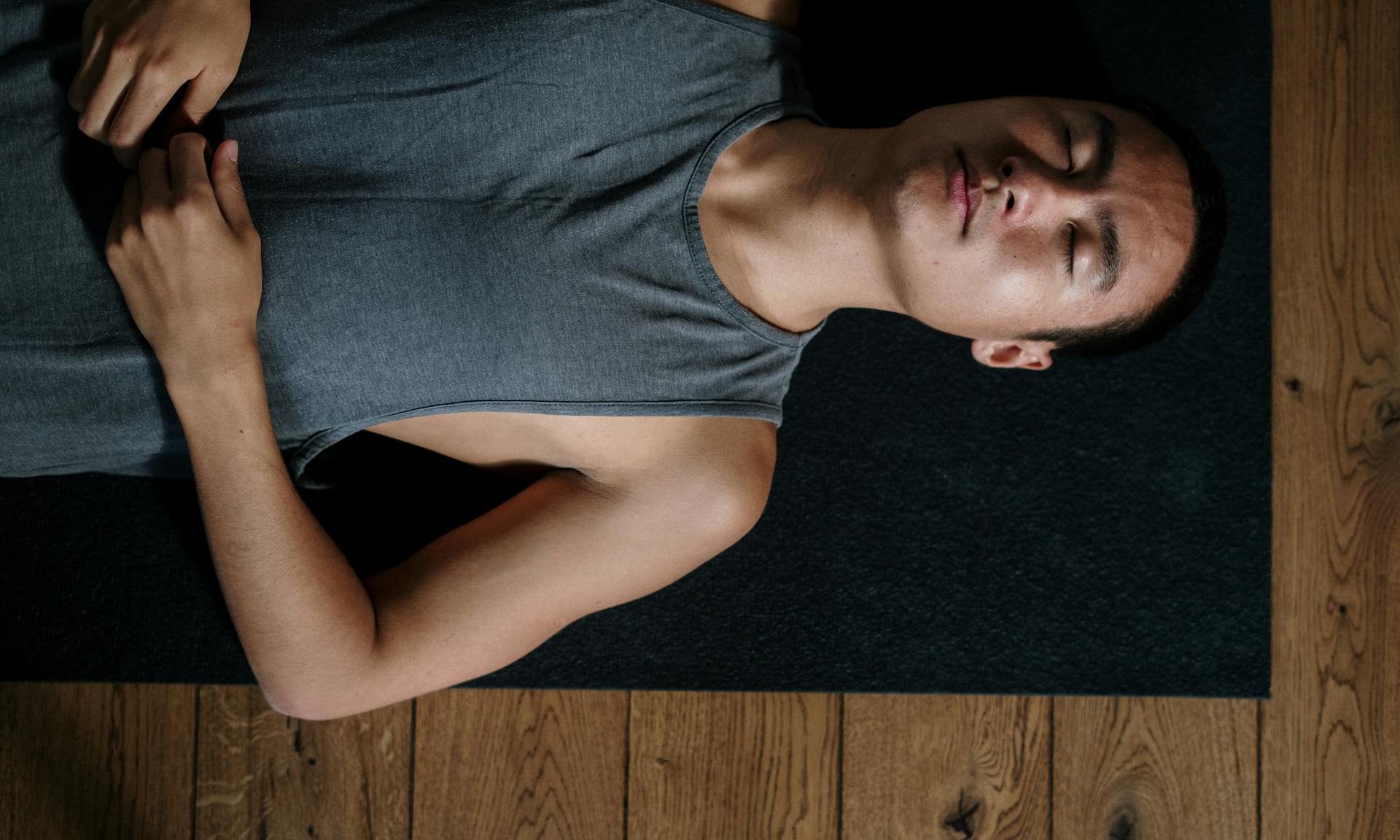For some of us, working on our fitness means jumping in all at once with a detailed plan, while for others, it just means staying committed to a 30-minute workout session two or three times a week. We all prefer different ways of improving our wellness and achieving our fitness goals. I let many of the viral fitness trends pass on by, especially if they sound like a fad that’s more hype than anything valuable.
Sometimes, fitness trends are worth trying, and for many of us, the 30 Strong Challenge might just be one of them. Let’s look at what the 30 Strong Challenge involves and the potential benefits.
What is the 30 Strong Challenge?

The 30 Strong Challenge is a 30-day initiative or program designed to help you build healthier long-term habits. The fitness plans typically involve strength training and cardio, which most health professionals suggest incorporating for optimal results.
The details

Here’s the plan for those 30 days:
- Recovery: 15 minutes or more of self-care per day, along with 7+ hours of sleep every night.
- Movement: A daily 30-minute workout along with 30 minutes of additional movement per day.
- Nutrition: 30 or more grams of protein with every meal.
- Hydration: Drink half your body weight in ounces of water daily.
- Avoid alcohol.
Nutrition

The programs vary, and fitness trainers like Jillian Michaels have their own ways of laying out the guidance on nutrition and daily habits like sleep and proper hydration. As Jillian Michaels states, the plan is to reboot your
For 30 days, Jillian Michael’s 30 Strong Challenge requires the following:
- No grazing or snacking outside of your one scheduled daily snack.
- Avoid alcohol.
- Avoid all beverages other than water, unsweetened teas, and unsweetened organic coffee. You are allowed to use milk in meals.
- Avoid white flour products. You are allowed whole grains.
- Avoid refined sugar. You can have sugar lingering in a product, but you can’t indulge in cakes, cookies, candy, ice cream, etc.
- No professed and salty snacks. Jillian Michaels’s plan allows organic seeded crackers, organic blue corn chips, and air-popped popcorn in moderation.

Make sure you:
- Drink 60 ounces of water daily.
- Do a minimum 12-hour overnight fast.
- Count calories
- Eat 4 meals a day, and try to eat every 3 to 4 hours
- Eat clean, quality protein, fats, and carbs at every meal
Jillian Michaels has more details and tips on her website and advises trying a fitness app meal plan, such as omnivore, 30-day keto reset, paleo/gluten-free, or pescetarian, as the core principles mirror that of the 30-strong program.
Fitness and lifestyle

Michael’s 30 Strong Challenge involves foam rolling after every strength workout and light recovery activities like casual biking, swimming, hiking, or walking. She discourages training every day and instead encourages four strength and mobility days, one high-intensity interval training day, and two rest days every week.
Jillian Michaels also includes certain lifestyle changes in her plan, such as avoiding smoking and prioritizing seven or eight hours of sleep every night.
What are the benefits of the 30 Strong Challenge?

One of the aspects I like about the 30 Strong Challenge is that this commitment encourages long-term change and daily habits. It’s more sustainable than many of the other plans and challenges I’ve seen.
You can modify the program to suit you by choosing your preferred nutrition plan and focusing more on workouts you enjoy and are more likely to stick to. Every step you take is in the right direction, and you should be proud you’re prioritizing your health and fitness.




